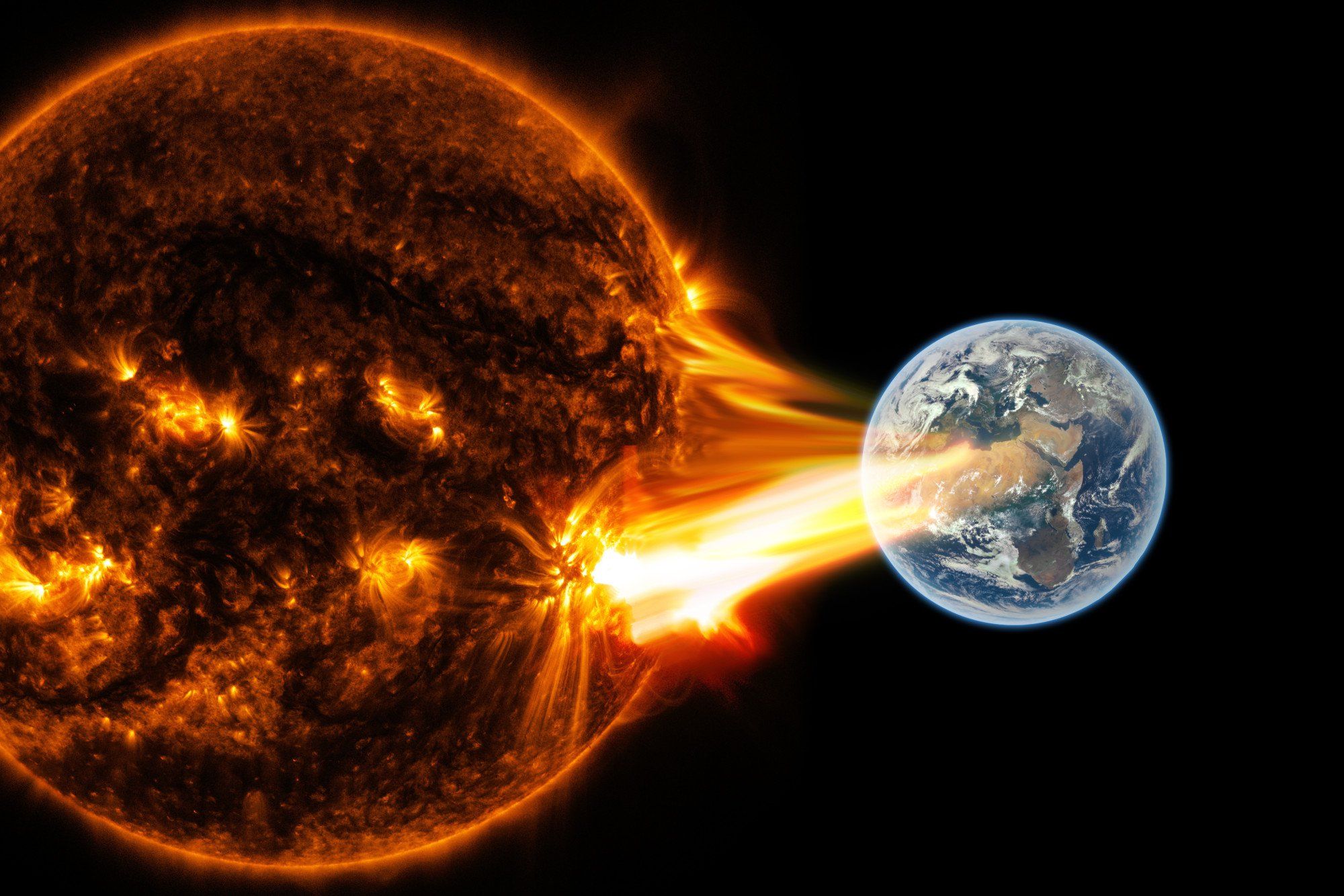Early Detection System for Catastrophic Solar Storms
Article by Greg Nichols June 17, 2020 (zdnet.com)
• Solar storms can wreak havoc on Earth, affecting up to 40 million people and causing over $2 trillion in damages in the U.S. alone. In 2003, a solar storm disrupted satellite communications, impacted air travel, and caused a significant blackout in Sweden.
• The National Oceanic and Atmospheric Administration (NOAA) has tapped the Seattle-based commercial space exploration company, Xplore Inc., to provide an early detection system for solar events that can disrupt power grids and communications on Earth.
• Xplore Founder and Chief Operating Officer, Lisa Rich says, “We are pleased to announce NOAA has awarded Xplore a study to evaluate the feasibility of a commercial Lagrange point mission with our Xcraft spacecraft.” The spacecraft will be parked at the Earth-Sun L1 Lagrange point – the neutral gravity point between the Earth and Sun a million miles away from Earth.
• At the L1 Lagrange point, the craft can detect light from the Sun 5 seconds before it hits the Earth. But it can detect the stream of particles from the Sun known as the solar wind a full hour before hitting Earth, providing the possibility for advanced warning.
• Xplore’s ESPA-class space vehicle, known as the Xcraft, is designed for missions beyond Earth orbit that include the Moon, Mars, Venus, near-Earth asteroids, and, of course, Lagrange points. Xplore is one of a handful of companies commercializing space by providing payload capacity and communications links aboard private unmanned space vehicles at a lower cost to space agencies.
• Chief Scientist for the U.S. Space Force, Dr. Joel B. Mozer, sais, “Space weather monitoring has been a government-led activity for the last 50 years, but this is an area where innovative companies can play a key role. I am looking forward to the next era of advanced space weather capabilities coming from this partnership with Xplore.”

A commercial space exploration company has been tapped to conduct a study into the possibility of providing early detection for solar events that can disrupt power grids and communications on earth. The National Oceanic and Atmospheric Administration (NOAA) awarded the study to Seattle-based Xplore Inc.
Solar storms can wreak havoc on earth. In 2003, a storm disrupted satellite communications, impacted air travel, and caused a significant blackout in Sweden. One study predicts that 20 to 40 million people in the U.S. could be affected during extreme solar events, with damages upward of $2.6 trillion.
That makes early detection critical, and if you’re going to detect solar activity with enough advanced warning to send a heads up back to earth, it’s going to have to be pretty far away. That’s where the so-called Earth-Sun L1 Lagrange point comes in. The L1 is located approximately a million miles from the Earth at the neutral gravity point between the Earth and Sun. Light from the sun hits L1 about 5 seconds before it gets to earth. Crucially, the stream of particles from the sun known as the solar wind, which travels slower than the speed of light, reaches L1 a full hour before hitting Earth, providing the possibility for advanced warning in the case of a disruptive solar event.
Getting out to L1 is no easy feat. Xplore is hoping that its multi-mission ESPA-class space vehicle, known as the Xcraft, is up to the challenge, which the study will help determine. The vehicle is designed for missions beyond Earth orbit that include the Moon, Mars, Venus, near-Earth asteroids, and, of course, Lagrange points.
FAIR USE NOTICE: This page contains copyrighted material the use of which has not been specifically authorized by the copyright owner. ExoNews.org distributes this material for the purpose of news reporting, educational research, comment and criticism, constituting Fair Use under 17 U.S.C § 107. Please contact the Editor at ExoNews with any copyright issue.
